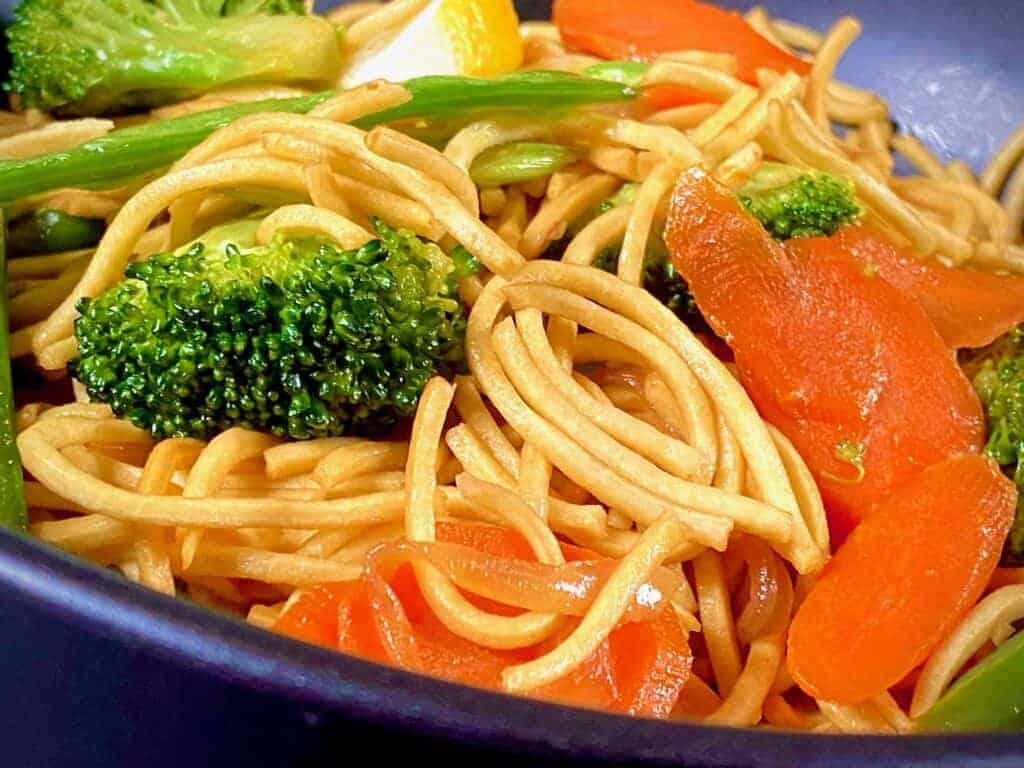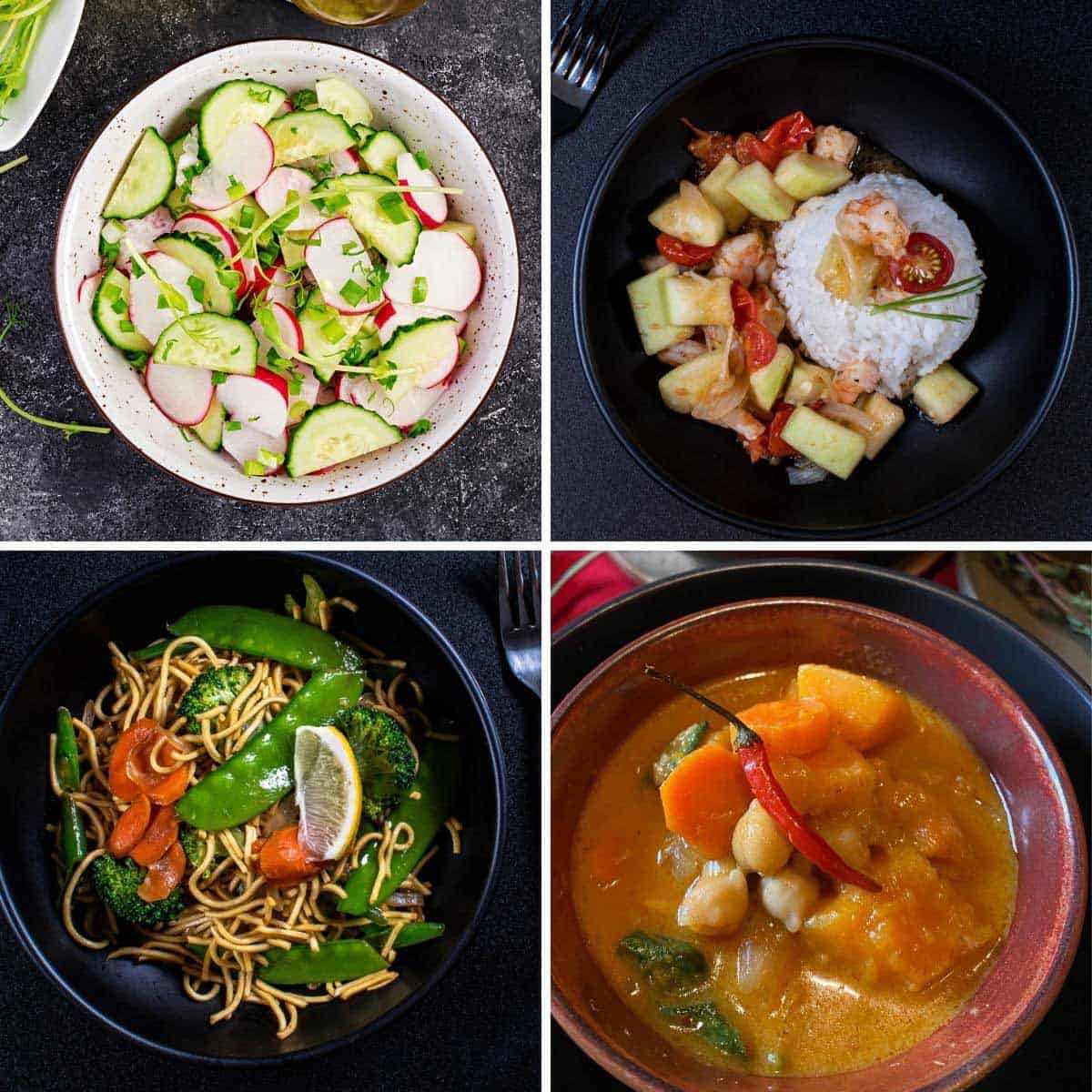Detailed Filipino Food Recipes for Beginners.
Detailed Filipino Food Recipes for Beginners.
Blog Article
Genuine Filipino Food Recipes to Try in the house
Exploring authentic Filipino food dishes presents an opportunity to value the elaborate tastes and social importance behind each recipe. Using fresh, local ingredients is vital, as is accepting communal eating-- a characteristic of Filipino culture.
Popular Filipino Dishes
Filipino cuisine boasts an abundant tapestry of tastes and customs, with over a lots iconic recipes that highlight the nation's diverse social influences. Among one of the most popular recipes is Adobo, a mouthwatering stew usually made with chicken or pork, seasoned in vinegar, soy sauce, garlic, and spices. Its tangy taste profile makes it a staple in Filipino families.
One more beloved recipe is Sinigang, a sour soup typically made with tamarind, tomatoes, and different veggies. This recipe can feature pork, shrimp, or fish, and its revitalizing preference is excellent for cozy environments. For those with a craving for sweets, Leche Flan-- a creamy caramel custard-- works as a popular treat, showcasing the Filipino propensity for abundant, sweet tastes.
Kare-Kare, a passionate oxtail stew with a thick peanut sauce, in addition to the renowned lumpia, or springtime rolls, further exemplify the selection found in Filipino food. Each recipe not just uses unique preferences but also narrates of local ingredients and historical impacts, making Filipino food a dynamic representation of its society and heritage.
Essential Active Ingredients for Filipino Cooking
The essence of Filipino cooking hinges on its vital active ingredients, which act as the structure for the country's precious recipes. A range of tastes and appearances integrated, showcasing the diverse cultural impacts that form Filipino food.
Secret active ingredients consist of rice, the staple that comes with nearly every dish, symbolizing nutrition and neighborhood. Soy sauce, vinegar, and fish sauce (patis) are crucial for seasoning, imparting umami and depth to recipes. Fresh herbs like cilantro and basil add aromatic quality, while garlic, onion, and ginger offer a robust flavor base.
Protein resources such as pork, hen, and fish and shellfish are central to numerous dishes, frequently seasoned to enhance taste. Vegetables like eggplant, bitter melon, and green beans contribute necessary nutrients and balance - Filipino food recipes. Coconut milk is an additional considerable component, lending creaminess and a subtle sweet taste to different stews and treats
Last but not least, calamansi, a citrus fruit, offers a refreshing tang that elevates recipes and beverages alike. With each other, these active ingredients create the vivid and rich tapestry of flavors that specify Filipino cuisine, making it both calming and distinctive. Comprehending these basics is essential for anyone looking to replicate genuine Filipino recipes in the house.
Step-by-Step Recipe Overview

Start by preparing your components. For Adobo, chop the meat right into uniform pieces and marinade it in soy sauce, vinegar, garlic, and bay leaves for at the very least half an hour. Next, warmth oil in a pan and sauté the garlic and onions till great smelling, then add the seasoned meat, allowing it to brown uniformly.
For Sinigang, start by boiling water in a pot and including your option of meat. Once tender, incorporate tamarind paste or fresh tamarind for that trademark discover this sour flavor. Adhere to with veggies like radish and kangkong, cooking until just tender.

Tips for Authentic Taste
Frequently, attaining genuine flavor in Filipino meals depends upon the cautious selection and treatment of components. Beginning with fresh, high-quality produce, as the vibrancy of veggies and herbs substantially enhances the dish's overall taste. Staples like garlic, onions, and ginger create the fragrant structure for numerous recipes; utilizing them in appropriate percentages is critical.
Selecting the right protein is equally essential. For example, standard adobo often address uses chicken or pork, marinated to absorb the sauce's complete flavor. In addition, take into consideration sourcing in your area produced or regional active ingredients, as they can give credibility that store-bought alternatives do not have.
Food preparation methods also play an essential function. Slow-cooking approaches, such as braising or stewing, allow tastes to meld perfectly, while frying can add a rewarding appearance. Don't neglect spices; using salt, fish sauce, or soy sauce at the right minutes can elevate a dish dramatically.
Offering and Delighting In Filipino Food
Culinary experiences are enriched when Filipino food is served with focus to practice and neighborhood. The technique of sharing dishes is main to Filipino culture, representing unity and friendliness. When serving Filipino dishes, take into consideration utilizing standard serveware, such as clay pots or bamboo baskets, which boost the credibility of the experience.
Normally, Filipino meals are appreciated family-style, with a variety of recipes positioned at the center of the table. This common technique encourages interaction and permits guests to example different tastes. A well-curated spread might consist of staples like adobo, sinigang, and lumpia, complemented by rice, which is an essential part of every meal.
Coming with the food with typical spices, such as soy sauce, vinegar, or chili paste, can raise the eating experience, inviting restaurants to customize their plates to their choices. Additionally, incorporating neighborhood drinks, like calamansi juice or tuba, can boost the general flavor profile.
Final Thought

Report this page